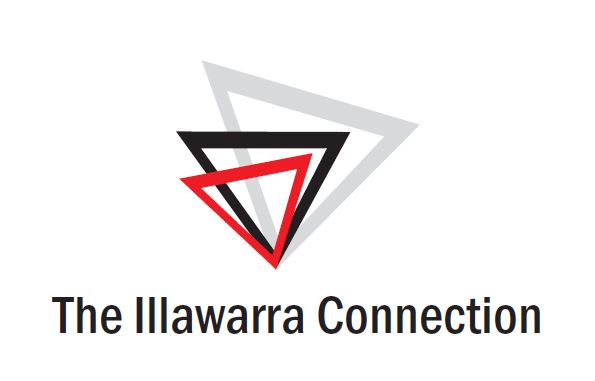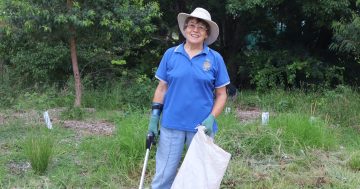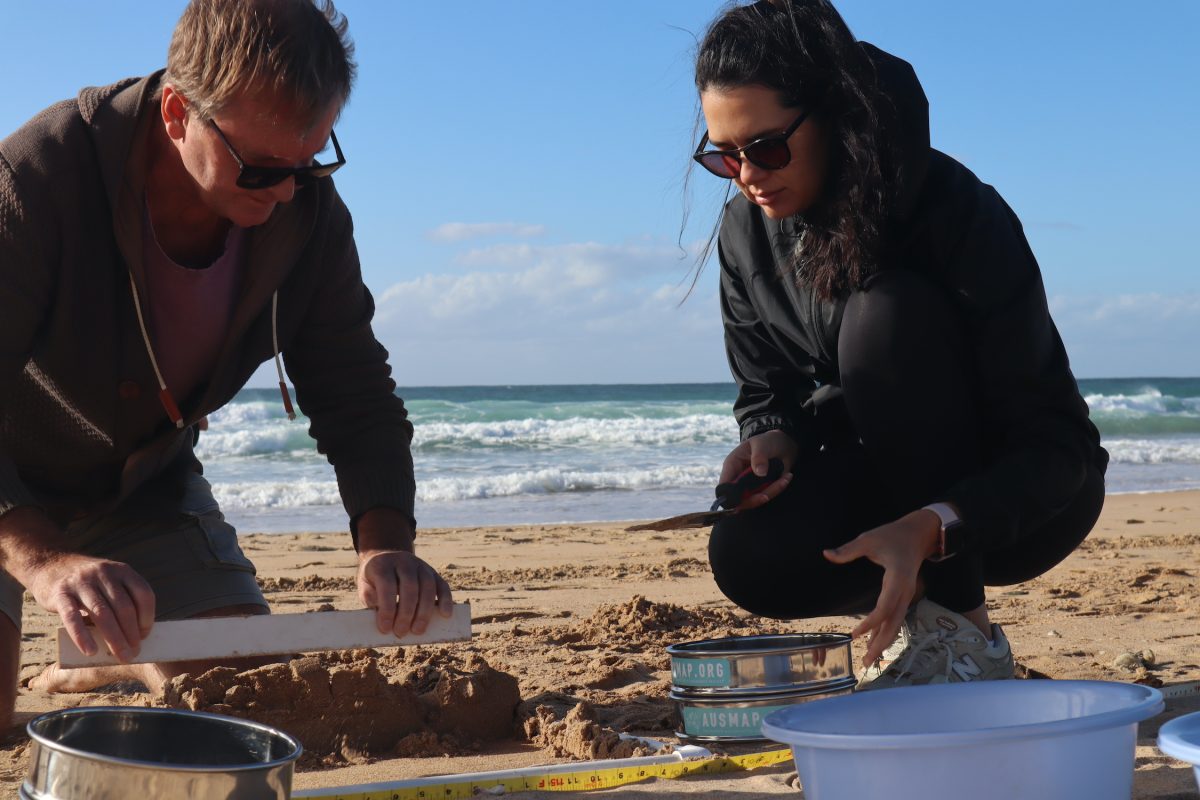
David Lonsdale and Anita Pain search for microplastics on Corrimal Beach. Photo: Eileen Mulligan.
A keen group of environmentalists fossicked at Corrimal Beach recently, looking for something they were happy they didn’t find – microplastics.
Eleven Corrimal Rotary Club members spent a few fun-filled hours on a glorious autumn day gathering samples of sand from the beach’s high-tide mark, looking for the tiny pieces of plastic.
“Plastic doesn’t decompose. It just gets smaller and smaller,” said Dilys Hoser, who is the co-chair of Corrimal Rotary’s Environmental Group (CREG).
“The results were heartening. We actually had trouble finding plastic on the beach.”
Dilys and her team have joined the Australian Microplastic Assessment Project (AUSMAP), an organisation documenting and analysing plastic pollution in Australian waterways.
AUSMAP works with a consortium of research, environment, education, government and sustainable business organisations, with the Total Environment Centre and Macquarie University as project leaders.
Rotary’s beach monitoring work was serious but enjoyable, as the volunteers sieved and washed samples of sand.
Plastic rubbish is categorised by size: macroplastics are more than 5 mm; microplastics are 1-5 mm; nanoplastics are less than 1 mm; and picoplastics can only be seen with a microscope, Dilys said.
To gather the samples, the volunteers identified the high-tide mark on the beach where rubbish and sediment were deposited.
They measured a 60-m stretch along the tide mark and marked four random sample sites, each a half square metre. Then they scraped off the top two centimetres of sand which they washed and sieved. Anything larger than 1 mm was caught in the sieve.
“It’s like you’re panning for gold,” Dilys said.
“Then you transfer what’s in that 1 mm sieve into a tray of seawater where the plastics will float.

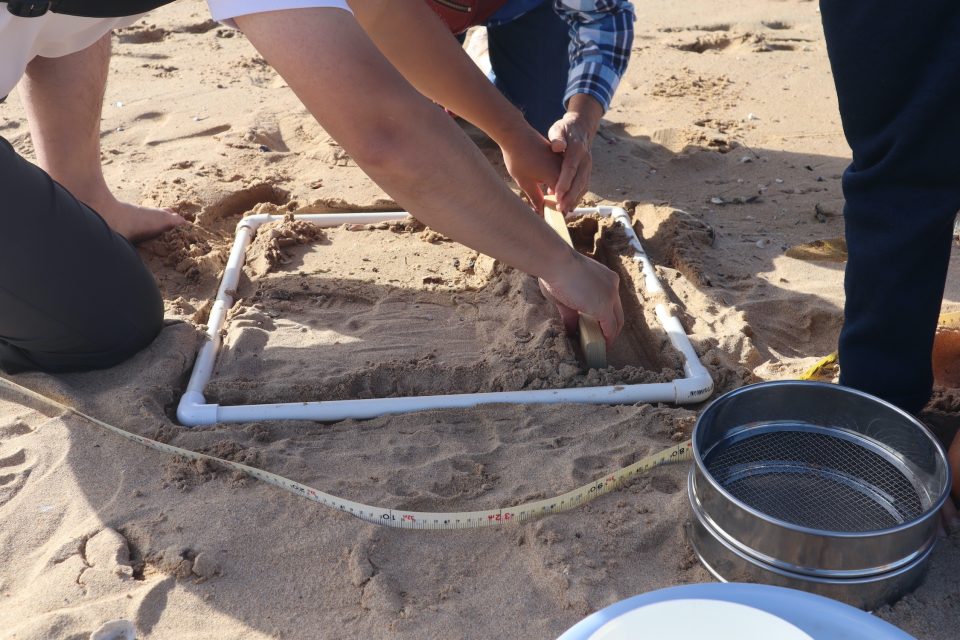


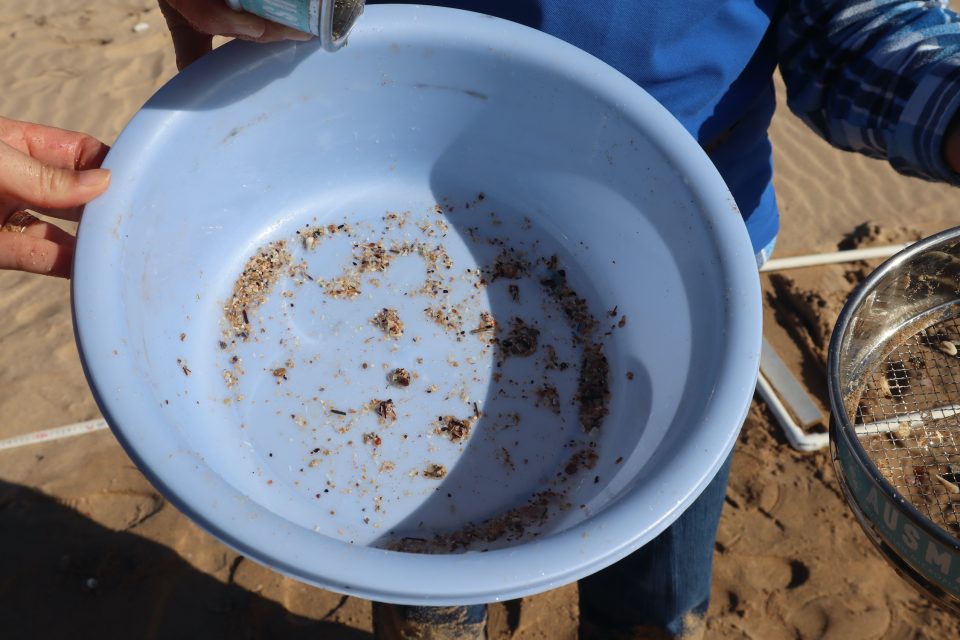
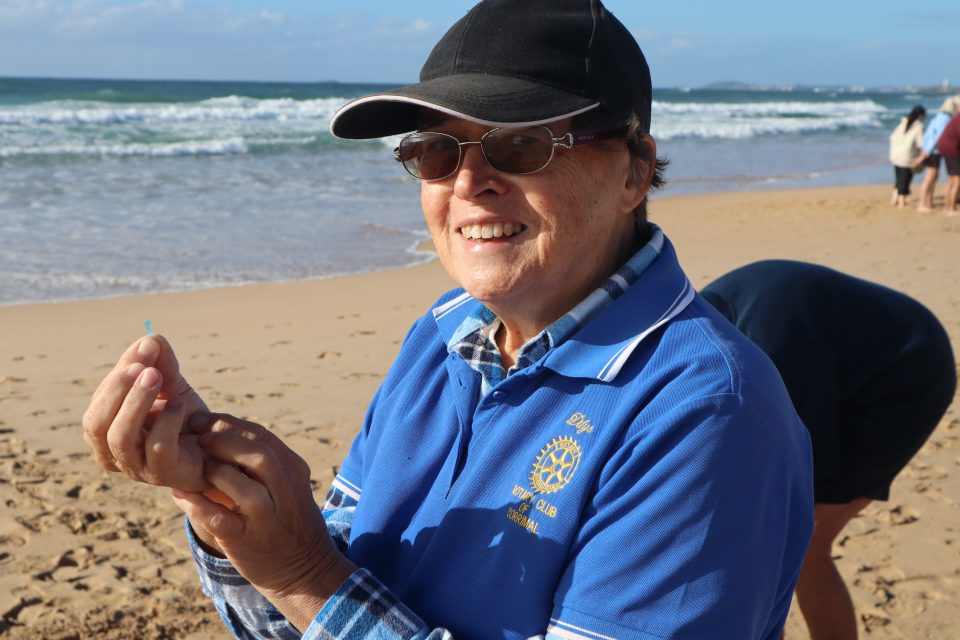

“Another nasty thing is called rubber crumb. But the rubber crumb doesn’t float. It goes to the bottom so then it’s the task of people with good eyes to find it.”
Rubber crumb is often washed from sporting fields with soft fall areas.
“Soft fall was seen as a way to use old rubber tyres but the thing is, the rubber from tyres has chemicals in it. It’s not just rubber. If the rubber crumb gets into the water and the animals eat it, thinking it’s a bit of food, it can poison them,” Dilys said.
AUSMAP will check the volunteers’ findings and add them to its database. All findings add to the overall picture and will help AUSMAP combat the problem.
“As this is our first survey, I would caution drawing any conclusions until we have more experience, the results have been checked, and we repeat the survey at various times during a year to either confirm the first set of findings or prove they are in error,” Dilys said.
“If our sample results are proved to be correct by subsequent sampling, then I am heartened. It also means that our team should also be sampling elsewhere, like Lake Illawarra, along Cabbage Tree Creek, anywhere we find lots of plastic rubbish.
“I would encourage everyone to pick up any plastic items they see lying around because all macroplastics eventually break down into microplastics.”
Before Dilys started this project, she and three other Rotarians attended a training day with Dr Scott Wilson who heads AUSMAP’s scientific program and is a marine debris and litter researcher at Macquarie University. They learned the correct methodology for collecting samples to provide reliable data.
Dilys said the data gathered could be used as evidence to lobby various levels of government and industry to mitigate the problem.
Meanwhile, Dilys is reducing her use of plastics, using glass containers for microwave cooking, and finding alternatives to plastic water bottles and cling wrap.
“We were told that humans consume a credit-card size of plastics each week,” Dilys said.
According to AUSMAP project director Dr Michelle Blewitt we don’t “yet understand what the long-term effects of ingesting microplastics are, but we know they aren’t any good. And now traces of plastic are being found in humans”.
The next sampling day at Corrimal Beach is expected to take place in June.
For more information on Corrimal Rotary Club, click here, or to learn more about AUSMAP and citizen scientists, click here.





